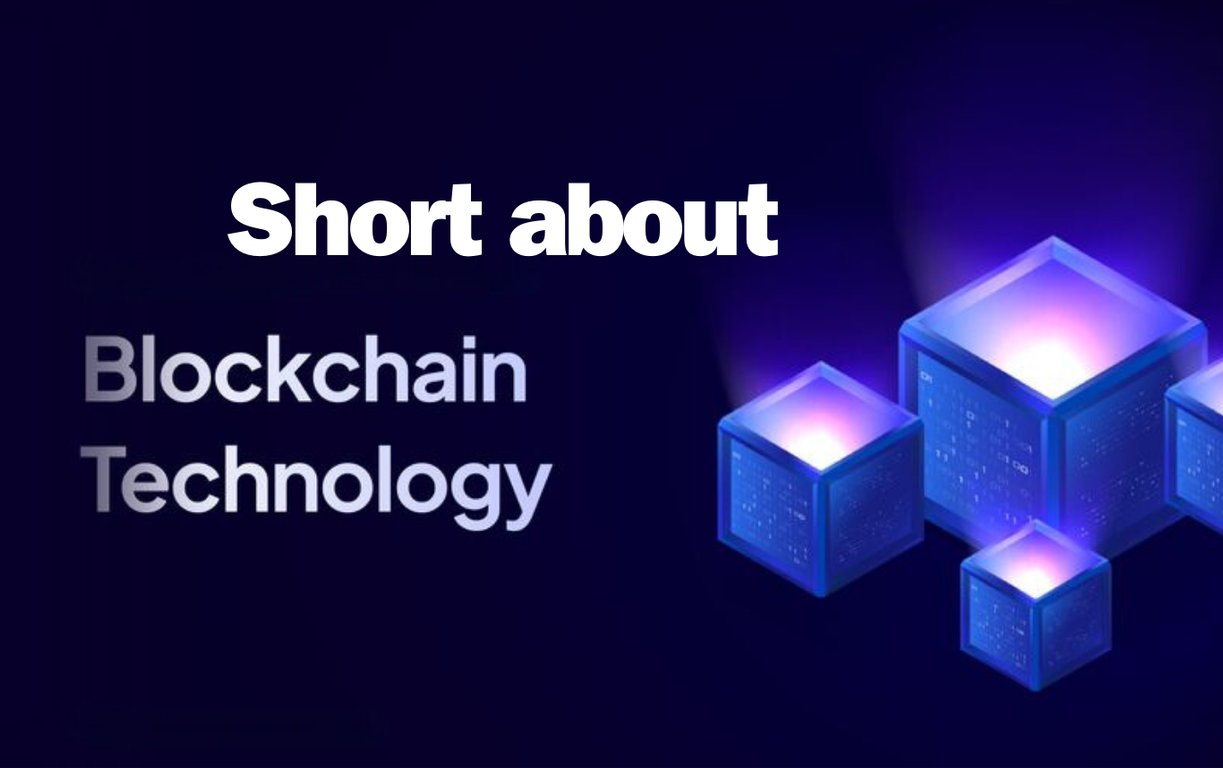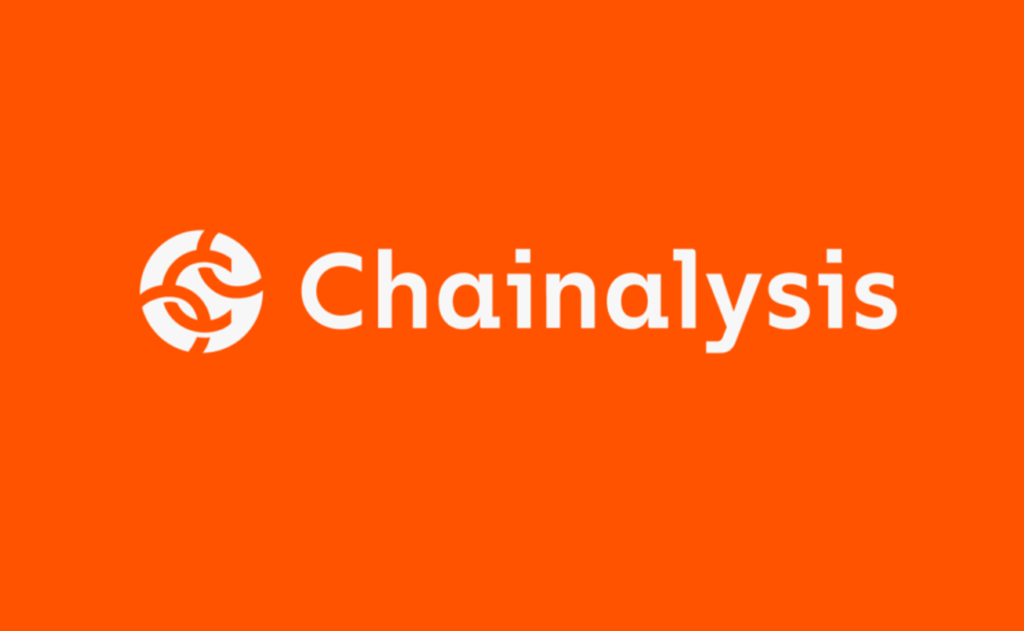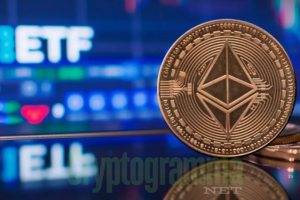Blockchain Technology What Is? Short about Blockchain

Navigation:
- History of the Term “Blockchain”
- Blockchain Applications
- A word about Solana Ecosystem Coins
- Blockchain Games
Blockchain technology emerged several years ago, immediately opening up new prospects for data exchange. How does it work, and does it have a future?
What is blockchain in simple terms?
A blockchain is a decentralized and immutable digital ledger that securely stores and transfers various types of digital assets.c The assets can be anything: money, stocks, game characters, artworks—anything at all. The idea is that blockchain allows you to take something on the internet and say, “This is mine.” And no one can steal it, hack it, or alter it.

All records in the blockchain are stored in the form of blocks linked together by special keys. If any record is changed, the keys of the blocks will not match, and the chain will break. Therefore, blocks in the blockchain cannot be deleted or edited—one can only view what is inside.
What is a distributed database?
The word “distributed” means that there is no centralized organization that verifies this process.
According to the Bank of England, blockchain is “a technology that allows people who do not know each other to trust and jointly use a record of events.” It is impossible to secretly falsify data within this system, making it recognized as corruption-resistant.
History of the Term “Blockchain”
The term “blockchain” is not a native terminological unit of the country, but it carries the citizenship of the network. The history of the term actually starts in 2008, when an anonymous person, or maybe even a group of anonymous persons, under the nickname Satoshi Nakamoto published an article that later became a manifesto of this new technology. This article describes its essential characteristics and the possibility of creating a decentralized monetary system.
Over the years, speculation has been rife in many theories regarding who the authors might be. The first block was generated in 2009, and today, over 2,000 types of crypto tools based on various modifications of the blockchain circulate worldwide.
What BTC Means and How It’s Related to Blockchain
Bitcoin, or BTC, is historically the prime representative of blockchain technology. In essence, transactions made with Bitcoin reflect the transfer of funds between the wallets of users. In other words, every participant can access information about any transaction ever in the blockchain since that first transfer back in 2009.
While Bitcoin was the first application of blockchain technology, it brought global popularity to this technology and introduced its benefits to the world. Since then, the expansion of blockchain has been rapid, and besides cryptocurrencies, other, non-crypto-related forms of effective use of this technology were designed based on it and on some modifications of it.
Interesting Fact: Blockchain Capital
In 2013, brothers Paul Bartlett Stephens and William Bradford Stephens founded Blockchain Capital. As the first venture firm specializing exclusively in investing in the blockchain ecosystem, Blockchain Capital is one of the most active and experienced venture investors in blockchain technology.
Blockchain Applications:
Cryptocurrencies, Banks, Cyber Security, Online Security Verification, and Digital Identity
Cryptocurrency Uses
- It speeds transactions, lowers costs, and raises quality, reliability, and availability.
- Financial services, public sector, transportation and logistics, IoT, healthcare, and intellectual property management projects on blockchain.
- This is the technology behind the issuance of world-circulating cryptocurrencies such as Bitcoin and Ethereum.
Bank Apps:
- Blockchain makes the banking process more secure, reliable, and transparent.
- It can cut the banks’ costs by as much as 50% in addition to increasing the return on equity.
Applications for Cyber Security:
- Blockchain systems store and cross-check database copies in such a manner that they provide system resilience against hacker attacks.
- Blockchain applications become anonymous and have the potential to attach real identification data to the cryptographic information.
Startups have developed secure ways of recording, inputting, tracking, and transferring property rights. This has increased record management and transparency in the use and exchange of assets.
Identity Verification Applications:
- Blockchain IDs store and transfer personal data to the blockchain, creating a digital profile.
- Governments aim to optimize administrative activities by delegating routine processes to the distributed ledger of the blockchain.
What is protected—privacy and information security—will be the central issues of the age of blockchains.
Blockchain Criticism: Cons of the Technology
Technological Concerns
There are several technological concerns. The most important thing now is the problem of scalability, where, against the background of current transaction volumes, most popular distributed accounting systems simply cannot cope, leading to delays in the processing and delivery of transactions.
Loss of Privacy
Another disadvantage is the loss of privacy caused by the quasi-anonymous nature of blockchain.
Security Risks
Some blockchains are vulnerable to cyber attacks and even so-called “51% attacks”; in this case, a subset of users controlling a large portion of processing power is able to rewrite the records of a given blockchain—all while still abiding by all the rules the system adhered to. This works just like a majority stockholder electing a board of directors.
Regulatory and Legal Concerns
On the other hand, ever-present regulatory and legal challenges, along with practices that are both resource- and energy-intensive, are two separate concerns that loom large within the world of cryptocurrency.
Transparency and Security in the World of Cryptocurrencies: What Chainalysis?

Chainalysis Overview
Chainalysis is a forensic analytics company that provides investigative agencies and law enforcement with tools to analyze blockchain transactions. It also helps in identifying fraudulent wallets on cryptocurrency exchanges. It was founded in 2014 by Jonathan Levin and Michael Gronager.
Key Milestones
Chainalysis first captured headlines in 2015 as a firm that helped with US law enforcement’s investigation of the darknet marketplace Silk Road and two FBI agents who had stolen bitcoins.
Product Offerings
Chainalysis is a software company that provides tools for measuring distributed ledgers’ compliance with global legal standards. Financial institutions, insurance companies, supervisory authorities, and other players in over 60 countries currently weigh these standards.
A word about Solana Ecosystem Coins

I’d like to say a few words about the Solana (SOL) blockchain, as it is one of the fastest-growing projects in recent years. This platform addresses the scalability and speed issues faced by popular networks like Ethereum.
Proof of History
At the core of Solana lies a unique consensus method called Proof of History (PoH). It allows events in the blockchain to be arranged in chronological order, thereby increasing processing speed. Special timestamps for each block of transactions achieve this.
- Innovative Solutions of the Solana Network
Thanks to its innovative solutions, the Solana network can process up to 50,000 transactions per second, with an average confirmation time of 400 milliseconds. For comparison, Bitcoin handles 5-7 transactions per second, and Ethereum handles 15.
- Low Transaction Fees
Solana also has very low transaction fees and high scalability. This allows developers to use the network to create decentralized applications (dApps) with millions of active users.
Currently, the Solana ecosystem includes hundreds of projects in the fields of DeFi, NFT, Web3, and others. With the simple Rust programming language, new developers and applications are continually emerging.
In the latest Solana news, we can learn that SOL ranks 5th in popularity and market capitalization. The token price is $105, the market cap is $46.3 billion, and the daily trading volume is $2.5 billion.
Blockchain Games

When talking about blockchain, it is impossible not to mention the gaming industry. As we already know from the information above, someone introduced blockchain to the world in 2009. However, it took some time for the first blockchain games to emerge among technology enthusiasts.
Blockchain technology instantly revolutionized the gaming industry and gameplay by providing more secure transactions and opening the door to new possibilities.
An analysis values the blockchain gaming market at $8.9 billion in 2023 and projects it to reach $854.4 billion by 2032. If you don’t know what blockchain games are or which ones are the most popular, this article is for you.
Might be interesting: Crypto Tips: Key Strategies for New Investors to Succeed




